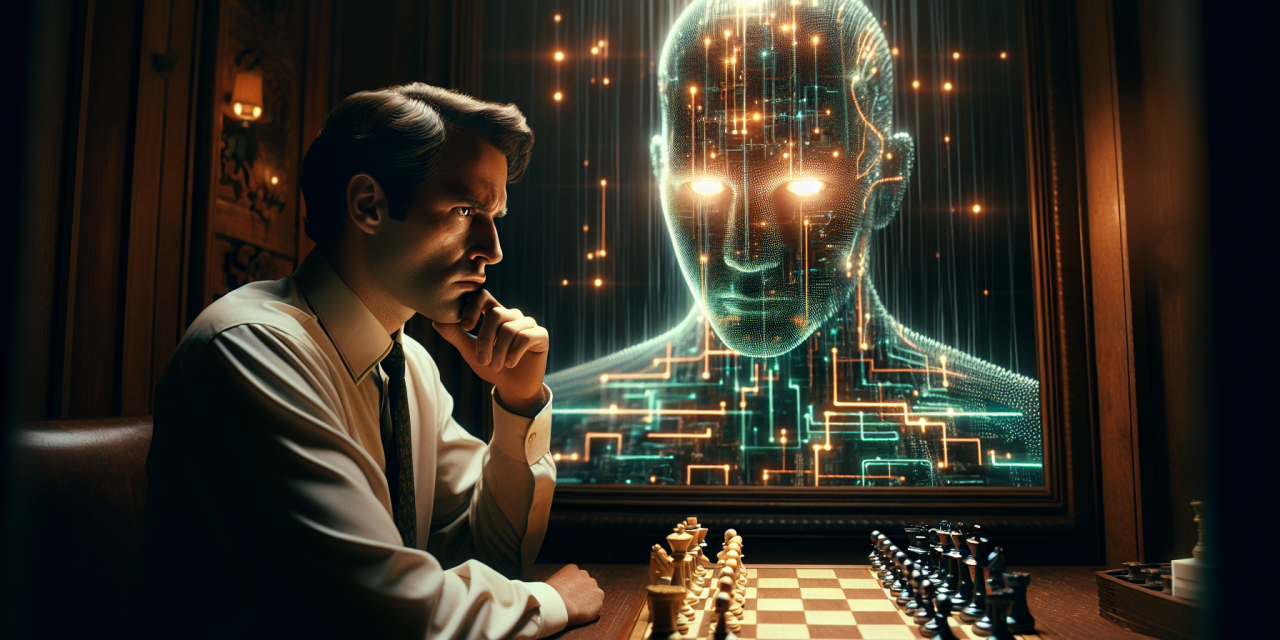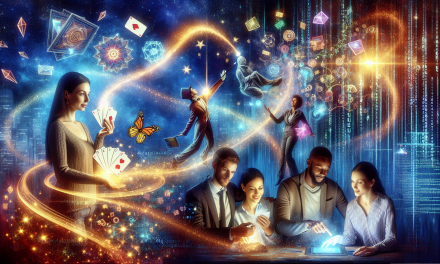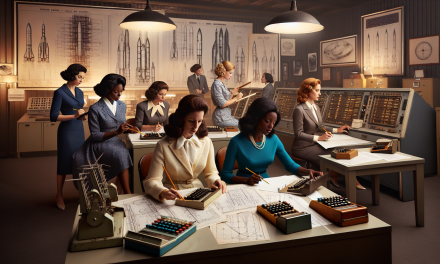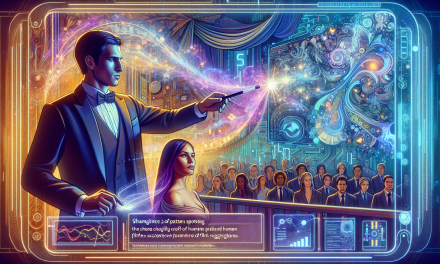Picture this: It’s May 11, 1997, and the world is watching as two minds prepare to face off. On one side sits Garry Kasparov, the reigning world chess champion whose brilliant strategic thinking has dominated chess for over a decade. On the other side stands a silent, room-sized machine called Deep Blue—IBM’s chess-playing computer that can calculate 200 million chess positions per second. This isn’t just a game. This is humanity meeting its match.
The match that unfolded would become one of the most significant moments in computing history, marking the first time a computer defeated a world chess champion in a regulation match. But here’s what makes this story truly fascinating: it wasn’t just about who won or lost. It was about what happened when human intuition collided with machine calculation, forever changing how we think about intelligence, strategy, and our relationship with technology.
The Human Champion: Strategy Meets Intuition
Garry Kasparov wasn’t just any chess player—he was chess royalty. Imagine someone who could look at a chess board and see patterns invisible to the rest of us, like a detective spotting clues others miss entirely. Kasparov had what chess players call “positional understanding”—the ability to feel when a position was good or bad, even if they couldn’t immediately explain why.
Think of how you might navigate through your neighborhood. You don’t consciously calculate every turn, but you have an intuitive sense of which route feels right based on traffic patterns, shortcuts you’ve discovered, and little details you’ve picked up over time. That’s how Kasparov played chess—with a deep, almost unconscious understanding built from years of pattern recognition and strategic thinking.
But Kasparov had something else that made him formidable: adaptability. Like a skilled improviser, he could adjust his playing style mid-game, shifting from aggressive attacks to patient positional play depending on what the situation demanded. This flexibility had made him nearly unbeatable against human opponents.
The Machine Mind: Pure Calculation Power
Deep Blue was an entirely different kind of player. If Kasparov was like an experienced navigator with years of intuitive knowledge, Deep Blue was like having access to every possible map simultaneously, calculating every conceivable route at lightning speed.
Here’s where it gets really interesting: Deep Blue didn’t “think” about chess the way humans do. Instead, it used something called a brute-force search algorithm. Picture a massive tree where every branch represents a possible chess move. Deep Blue could explore millions of these branches simultaneously, looking ahead to see the consequences of each potential move and choosing the path that led to the best outcome.
The machine could evaluate 200 million positions per second—that’s like reading an entire library in the time it takes you to blink. But unlike human intuition, Deep Blue’s approach was purely mathematical. It assigned numerical values to different board positions and picked moves based on cold calculation rather than “feel” or strategic insight.
What made Deep Blue particularly challenging was its consistency. While humans get tired, make emotional decisions, or have off days, Deep Blue performed at exactly the same level for every single move. It didn’t get nervous, didn’t second-guess itself, and never got distracted.
When Two Worlds Collide
The six-game match became a fascinating clash between two completely different approaches to problem-solving. Kasparov brought decades of chess knowledge, pattern recognition, and the ability to make brilliant sacrifices based on long-term strategic vision. Deep Blue countered with raw computational power and perfect memory of every position it had ever analyzed.
In the early games, something unexpected happened—Kasparov’s human qualities actually gave him an advantage. His ability to create complex, unclear positions confused Deep Blue’s calculating approach. It’s like the difference between following a GPS that gives you the mathematically shortest route versus an experienced local driver who knows that sometimes the “longer” path is actually faster because they understand traffic patterns the GPS can’t account for.
But Deep Blue learned from each game, not through intuition like humans do, but through updated algorithms and improved evaluation functions. The IBM team could analyze Kasparov’s playing style and adjust Deep Blue’s programming between matches—essentially giving the machine better “chess instincts” overnight.
The Turning Point: Game 2
Game 2 provided one of the most revealing moments of the entire match. Deep Blue made what chess experts called an “uncomputer-like” move—a subtle positional sacrifice that seemed to show genuine strategic understanding rather than pure calculation. Kasparov was so surprised by this move that he spent extensive time analyzing it, ultimately leading to a loss.
Later, we discovered something remarkable: the move wasn’t the result of superior strategic insight. Due to a bug in its programming, Deep Blue had actually run out of time to calculate and simply chose a move at random from its database. But this “accident” had a profound psychological effect on Kasparov, showing how our expectations about intelligence can influence our decision-making, even at the highest levels.
This moment reveals something crucial about the match: it wasn’t just about chess skills, but about the psychological game between human expectations and machine behavior. Kasparov began second-guessing himself, wondering what patterns the machine might be seeing that he couldn’t.
Beyond Victory and Defeat
When Deep Blue ultimately won the match 3.5 to 2.5, the victory represented more than just a computer beating a human at chess. It marked the beginning of a new era where machines could excel in domains previously reserved for human expertise and intuition.
But here’s what’s fascinating about what followed: rather than replacing human chess players, computer chess programs became powerful tools for analysis and training. Today’s chess masters use computers not as opponents, but as training partners that can spot tactical errors, suggest alternative strategies, and help explore positions more deeply than ever before.
This collaboration between human insight and machine calculation has actually elevated chess to new heights. Modern players are stronger than ever because they can combine human creativity and strategic understanding with computer-assisted analysis and preparation.
Lessons in Problem-Solving
The Deep Blue versus Kasparov match teaches us important lessons about different approaches to complex problems. Kasparov’s style—using pattern recognition, intuition, and adaptability—mirrors how we approach many challenges in daily life. We rarely calculate every possibility when making decisions; instead, we rely on experience, gut feelings, and the ability to adjust our approach as situations unfold.
Deep Blue’s approach—systematic exploration of possibilities and mathematical optimization—shows us the power of breaking complex problems into smaller, calculable pieces. This methodology forms the backbone of much of modern computing and artificial intelligence.
The most powerful insight from 1997 wasn’t that machines would replace human thinking, but that different types of intelligence could complement each other. Human creativity, intuition, and adaptability work best when combined with machine precision, consistency, and computational power.
What happened in those six games wasn’t the end of human relevance in chess—or in any field where computers might excel. Instead, it was the beginning of a new kind of partnership between human insight and machine capability, one that continues to shape how we approach complex challenges across science, business, art, and daily problem-solving. The real victory wasn’t won by either the human or the machine, but by the possibilities that emerged when both kinds of intelligence learned to work together.








